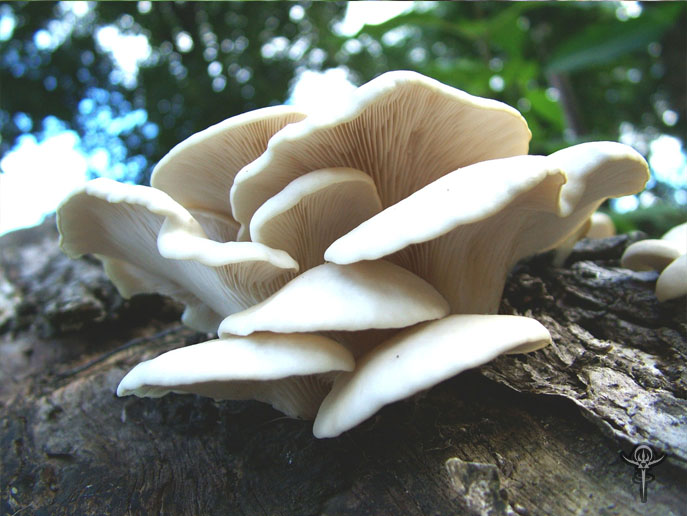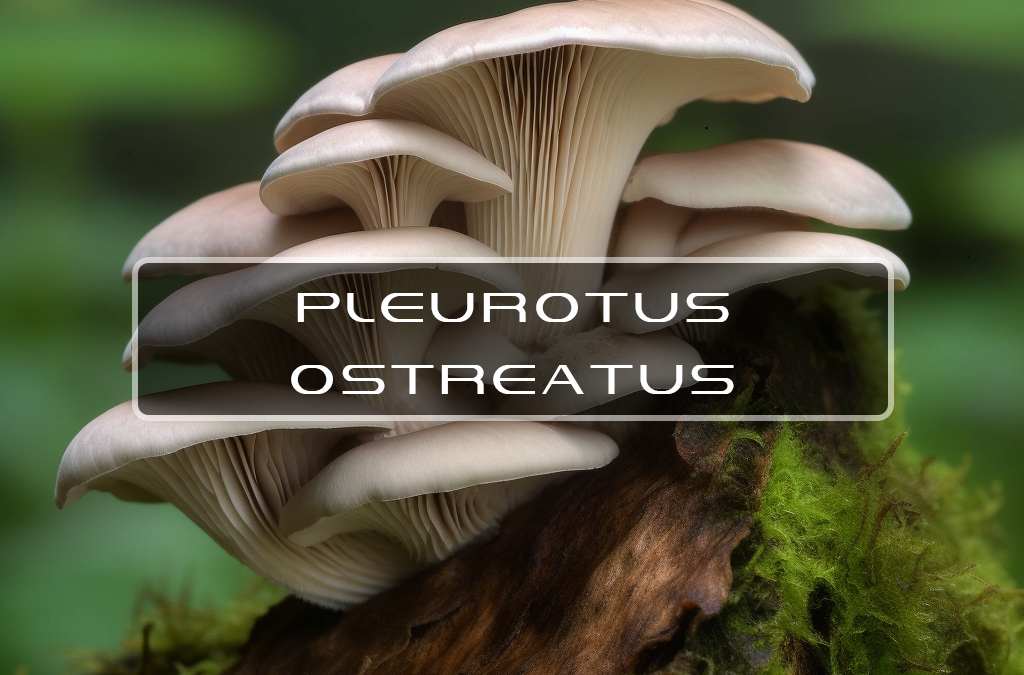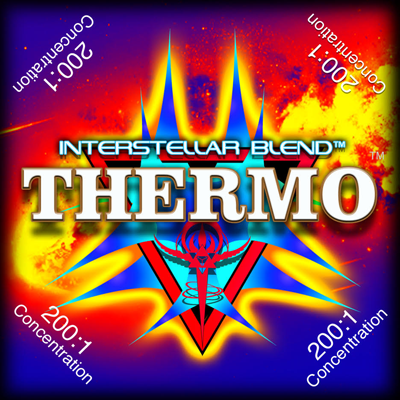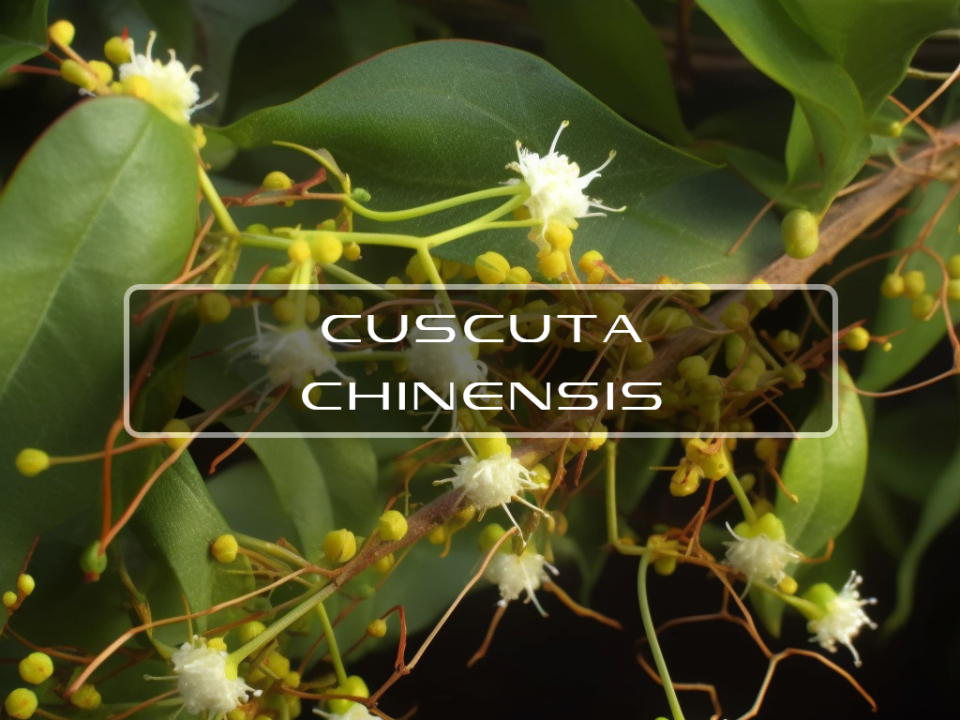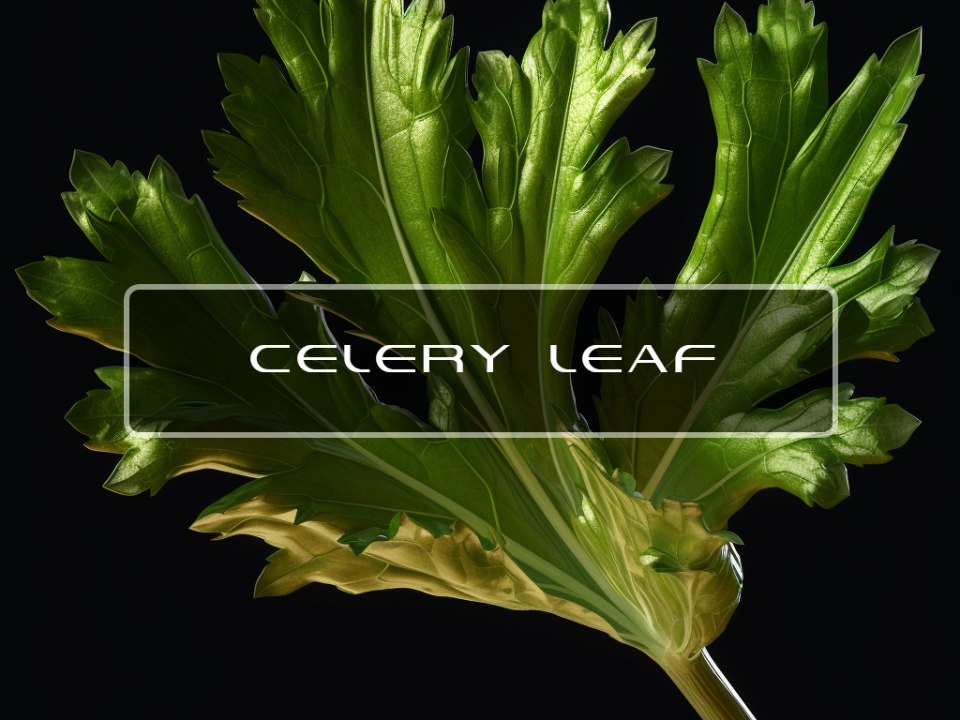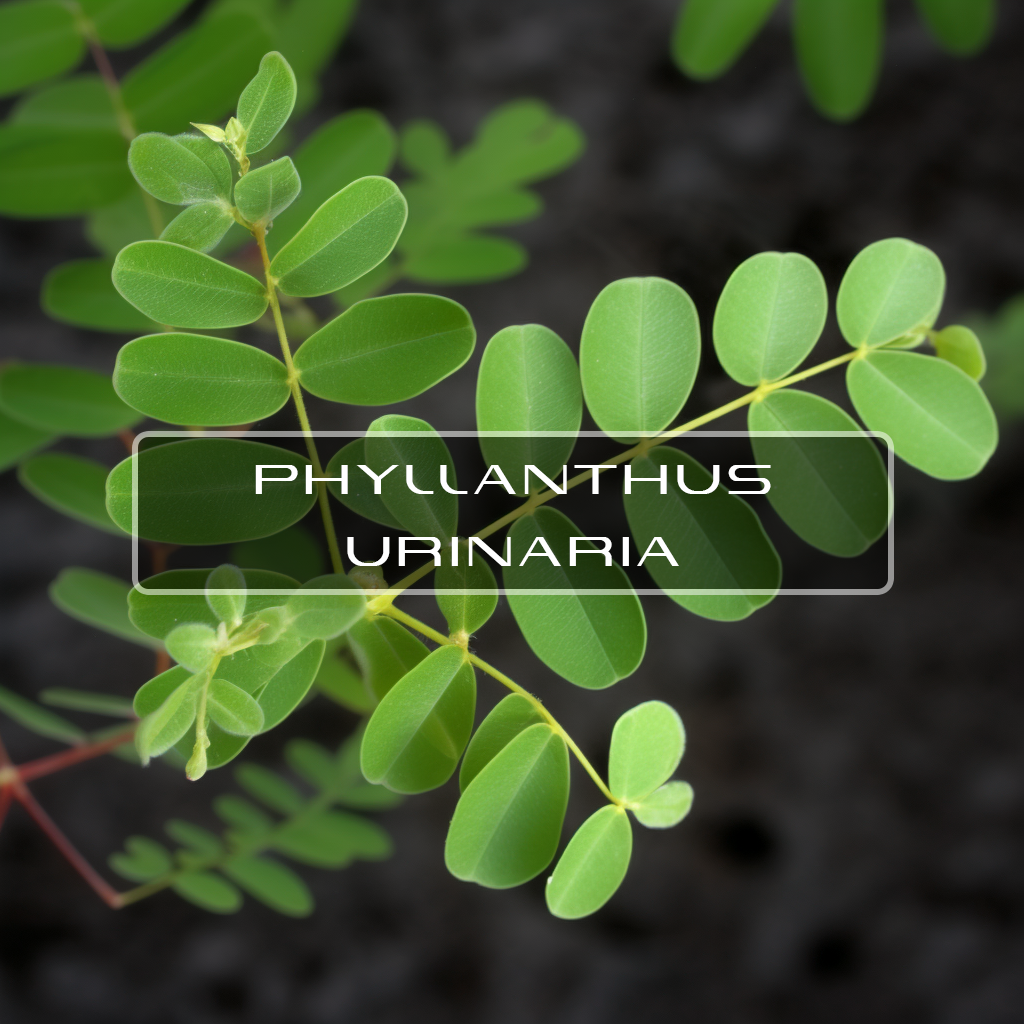
Phyllanthus Urinaria
September 28, 2018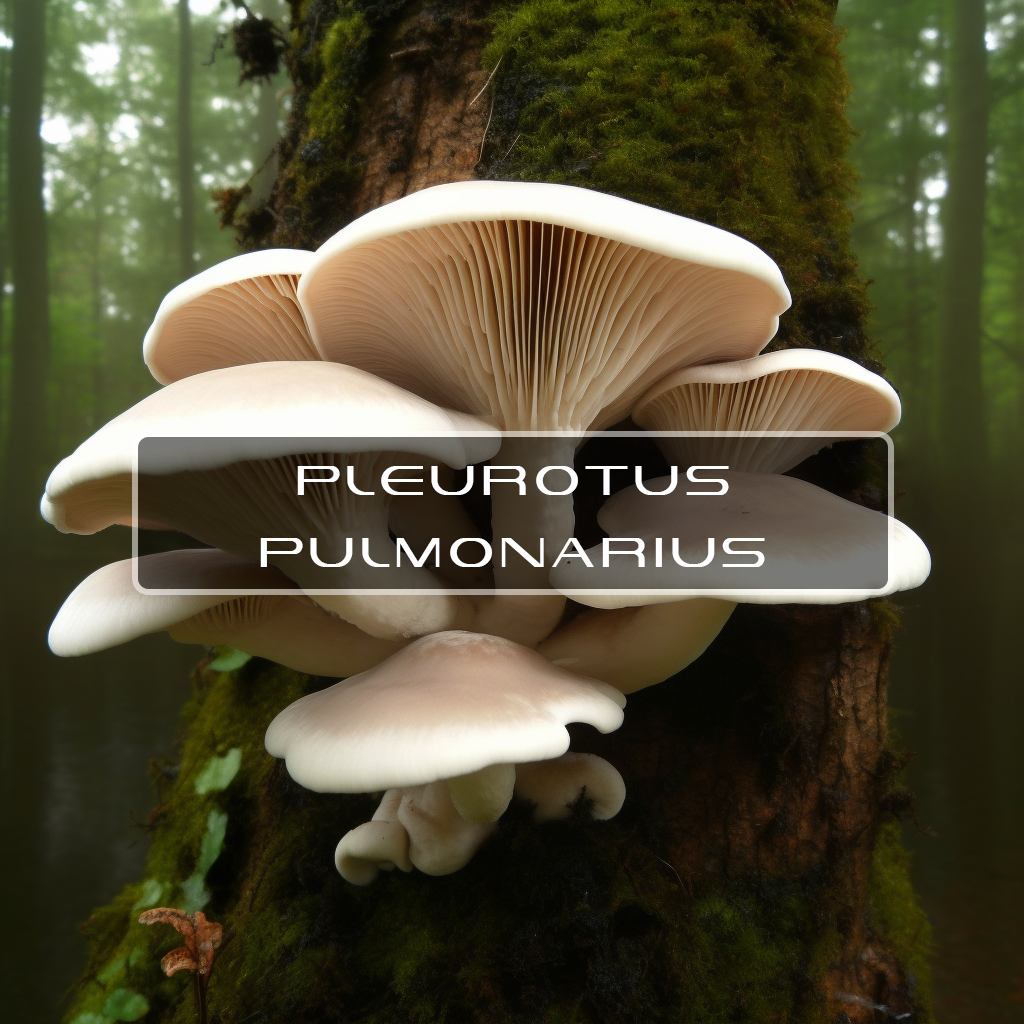
Pleurotus Pulmonarius
September 28, 2018Pleurotus Ostreatus
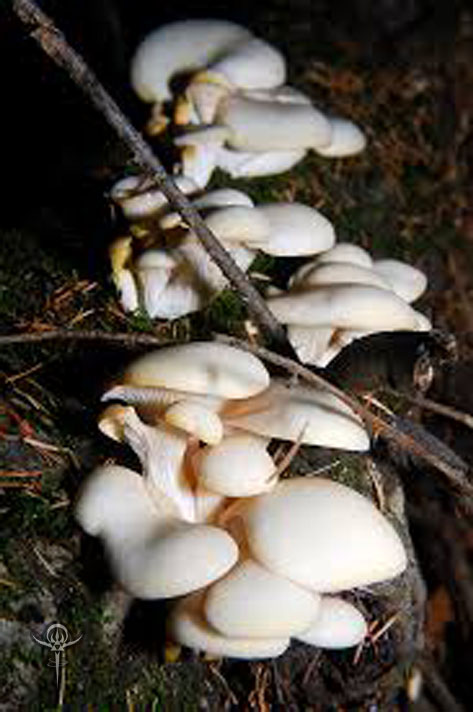
These mushrooms are considered a superfood and can be found at nearly every part of the world. These are one of the easiest mushrooms to grow and find in the wild. While they grow in mostly every climate ranging from temperate to tropical regions.
These mushrooms have been enjoyed for less than a 100 years and studies that are currently conducted are just beginning to show the amazing benefits this mushroom contains.
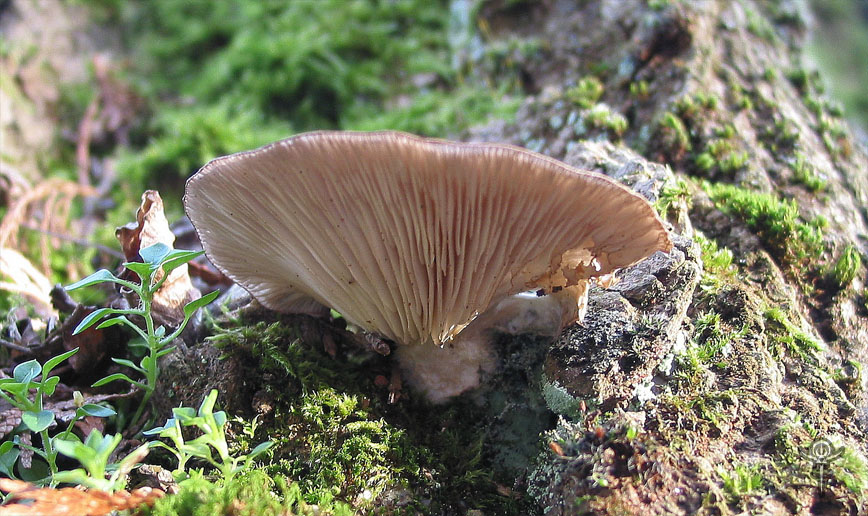
Benefits of Pleurotus Ostreatus
Three neutral fractions were found, which had polysaccharide to protein ratios 14.2, 26.4 and 18.3, respectively.
These fractions were tested for in vitro and in vivo immunomodulatory and anticancer effects on Sarcoma-180-bearing mouse model.
The three neutral proteoglycans derived from the mushroom (P. ostreatus) mycelia could be used as immunomodulators and anti cancer agents.
Apoptosis - Anti-proliferative and pro-apoptotic activities of fractions of Pleurotus ostreatus were examined using HT-29 colon cancer cells in vitro.
A hot-water-soluble fraction of the mycelium of the liquid cultured mushroom was partially isolated and chemically characterized as a low-molecular-weight α-glucan.
We describe a newly identified low-molecular-weight α-glucan with promising anti-tumorigenic properties, and demonstrate its direct effect on colon cancer cell proliferation via induction of programmed cell death.
The role of apoptosis, proliferative cell nuclear antigen (PCNA) and p53 protein in the preventive effects of dietary fiber treated with the fungus Pleurotus ostreatus on rat-colon tumorigenesis was studied.
The fungus treated corn-cob significantly decreased tumor incidence (to 26%) as compared to 44% and 57% in the other dietary groups.
Incubation of corncob with the fungus Pleurotus os, increased the dietary fiber content up to 78%. Thus corncob inhibits colon cancer development, and, therefore, may considered of potential use to the public.
Calvatia lilacina (CL), Pleurotus ostreatus (PO) and Volvariella volvacea (VV) are widely distributed worldwide and commonly eaten as mushrooms. In this study, cell viabilities were evaluated for a human colorectal adenocarcinoma cell line (SW480 cells) and a human monocytic leukemia cell line (THP-1 cells). Apoptotic mechanisms induced by the protein extracts of PO and VV were evaluated for SW480 cells.
The PO protein extracts induced apoptosis in SW480 cells partially through ROS production, GSH depletion and mitochondrial dysfunction.
Lower Cholesterol - Comparative effects of oyster mushrooms on plasma and fecal lipid profiles and on liver and kidney function were evaluated in hyper and normocholesterolemic rats. Feeding of hypercholesterolemic rats a 5% powder of oyster mushrooms (Pleurotus ostreatus, P. sajor-caju and P. florida) reduced the plasma total cholesterol level by 37%, 21% and 16%, respectively and reduced the triglyceride level by 45%, 24% and 14%.
Anti-Diabetes - Ethanolic extract of fruiting bodies of P. ostreatus was tested for their antidiabetic activity. BALB/C mice (25–30 g) were divided into four groups of six animals each normal control mice, diabetic control mice, diabetic mice post treated with standard drug glibenclamide and diabetic mice treated with P. ostreatus ethanolic extract.
Animals treated with the ethanolic extract of P. ostreatus showed a significant decrease in serum glucose level (p < 0.01). The posttreatment with P. ostreatus extract reduced serum cholesterol, triglyceride and LDL-cholesterol. The serum HDL cholesterol was significantly increased in posttreated groups.
The consumption of P. ostreatus produced a significant hypoglycemic effect in diabetic mice and it is capable of improving hyperlipidemia and the impaired kidney functions in alloxan-induced diabetic mice. Thus, indicating that the ethanolic extract of P. ostreatus could be added in the list of medicinal preparations beneficial in diabetes mellitus.
Bladder carcinoma were found in all 10 mice (100%) treated with BBN alone, while we observed carcinoma only in 9 of 17 mice (52.9%), in 7 of 15 mice (46.7%) and 13 of 20 mice (65.0%) treated with Lentinus edodes, Grifola frondosa and Pleurotus ostreatus, respectively.
Significantly higher cytotoxic activity against P-815 cells was observed in lymphocytes from mice treated with BBN plus each mushroom than that in lymphocytes from normal mice or mice treated with BBN alone.
In this next study we evaluated whether extracts from edible mushrooms Agaricus bisporus (portabella), Flammulina velutipes (enoki), Lentinula edodes (shiitake) and Pleurotus ostreatus (oyster) affect the growth of breast and colon cancer cells.
Here, we identified as the most potent, P. ostreatus (oyster mushroom) which suppressed proliferation of breast cancer (MCF-7, MDA-MB-231) and colon cancer (HT-29, HCT-116) cells, without affecting proliferation of epithelial mammary MCF-10A and normal colon FHC cells.
P. ostreatus induced the expression of the tumor suppressor p53 and cyclin-dependent kinase inhibitor p21(CIP1/WAF1), whereas inhibited the phosphorylation of retinoblastoma Rb protein in MCF-7 cells.
Our results indicated that the edible oyster mushroom has potential therapeutic/preventive effects on breast and colon cancer.
The effect of 5% of dried oyster mushroom (Pleurotus ostreatus) in the diet on the dimethylhydrazine (DMH)-induced colon carcinogenesis was studied in male Wistar rats.
DMH in a dose of 20 mg/kg of body weight was applied to animals once a week during a period of 12 weeks. Mushroom diet was applied either after treatment with DMH for another 21 weeks or during the whole experiment.
Mushroom diet reduced significantly the incidence of lymphoid hyperplasia foci when mushroom was supplemented during the whole experiment.
Mushroom diet reduced the ornithine decarboxylase activity in the colon and in the liver when oyster mushroom diet was administered during the whole experiment.
A reduction in total number of tumours was observed in both groups of animals fed mushroom diet.
Cytotoxic - A water-soluble extract (POE) prepared from the fresh oyster mushroom Pleurotus ostreatus produced the most significant cytotoxicity on PC-3 cells among the mushroom species tested.
Both cytotoxicity and induced apoptosis mediated by POE in PC-3 cells are dose-dependent.
The results imply that active compounds recovered from P. ostreatus are water-soluble proteins or polypeptides.
